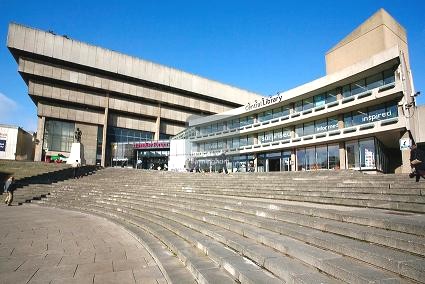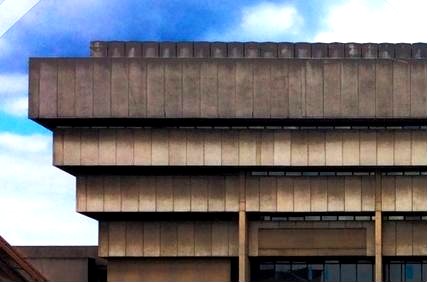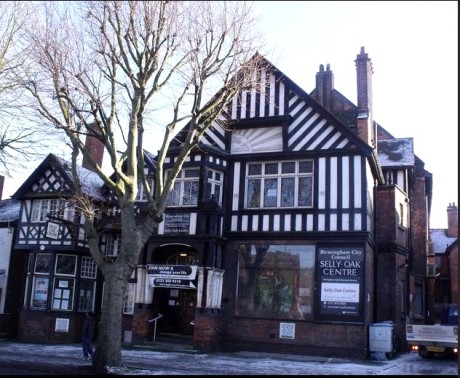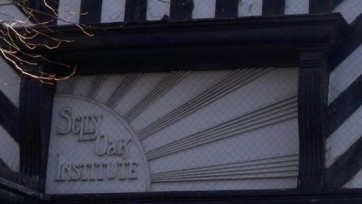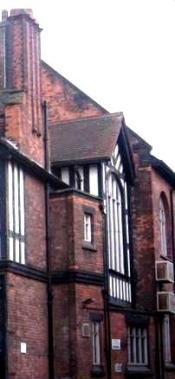The Bear Inn in Bisley (above) is a sixteenth-century building that was originally the village courthouse and assembly room. The stone jail cells are still in place a few yards from the pub, down the hill on the left.
On Christmas Day a Gloucestershire reader – who lived in Birmingham for many years – was surprised to see this notice on the wall.
The Great Stone pub in Northfield Village (below) owes its name to a glacial boulder formed in a volcanic eruption some 450-460 million years ago.
Stonehenge historian Dr Rob Ixer, asked by English Heritage to discover the stone’s origins, said that it had travelled from Snowdon to Northfield on an ice sheet during the Ice Age 400,000 years ago.
The stone may be seen in the pub’s ‘pound’, (a home for stray animals in the medieval period).
A Blue Plaque bearing this information on the history of the boulder was unveiled in 2016.
Does anyone know how the links between the landlords and patrons of the historic inns in Northfield and Bisley were formed?
o








